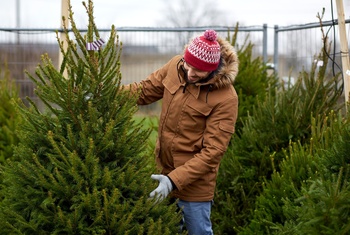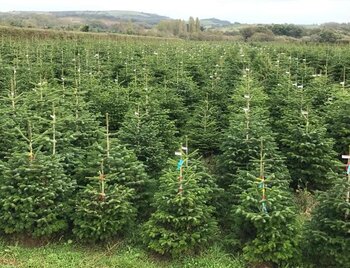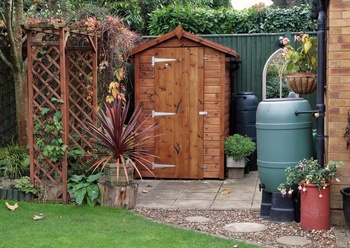
Autumn is the perfect time to make some compost and turn all those spent plants you’re clearing out of the veg garden into lovely crumbly organic matter that’s the best soil improver there is.
If you haven’t got a compost bin already, you can pop into the garden centre and pick up one of the handsome and easy-to-assemble wooden bins available now from our garden centre in Chislehurst, Newchurch, Canterbury, Welling and Newport to take home and install in a matter of moments. Then you can get on with filling it!
At this time of year you can feed your compost bin with materials from all sorts of garden tasks: as well as those spent vegetable plants, you can add all the green waste from cutting back perennials, raking up leaves or giving your lawn a last cut.
The perfect mix for your heap should be a 50:50 blend of wet, nitrogen-rich ‘green’ ingredients like vegetable peelings, grass clippings and spent bedding plants, and dry carbon-rich ‘brown’ ingredients like autumn leaves, shredded newspapers and straw. Add the materials in layers, building it up until the bin is completely full.
Turn the heap regularly, forking everything out and then back in again, at least two or three times a year. A regularly turned heap rots down more evenly, and much faster.
Rotting is also speeded up when your heap is damp – so pour on one or two watering cans of water when you first fill your bin, and then keep it watered in dry spells. Use the compost once it has fully rotted down and you can’t see individual materials any more – this is usually between six months and a year, depending on how often you turn your heap. Add the resulting rich, dark brown compost to the soil as a conditioner, or as a mulch around plants in autumn and spring.




